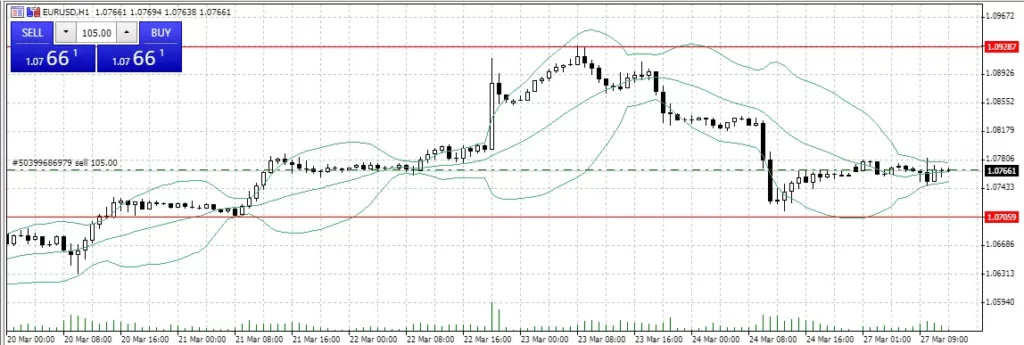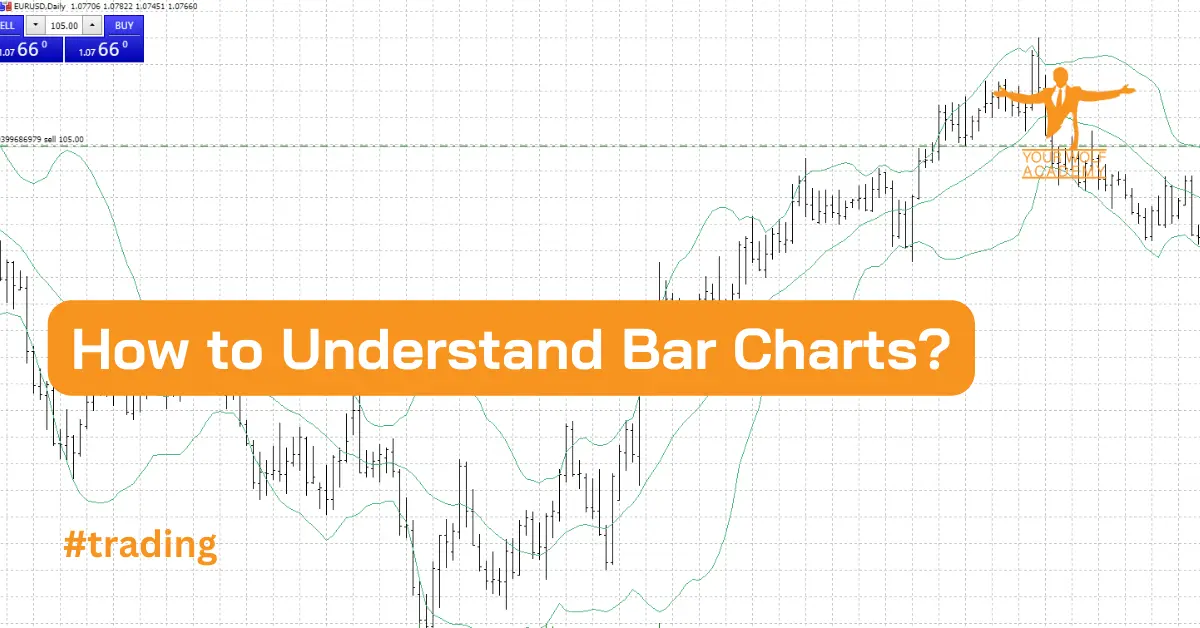In the world of trading, charts are essential tools that traders use to analyze and make informed decisions. One of the most commonly used charts in trading is the bar chart. Bar charts are versatile tools that provide traders with a wealth of information about market trends and movements.
In this article, we’ll take a comprehensive look at bar chart trading, including its basics, types, strategies, and useful tips to help you become a successful trader.
Understanding Bar Chart Trading
A bar chart is a type of financial chart used to represent the price movement of an asset over a specific time period. Each bar on the chart represents the open, high, low, and close prices of the asset for a particular time period. Bar charts can be used to identify trends, patterns, and potential trading opportunities.
Types of Bar Charts
There are several types of bar charts used in trading, including:
- Standard Bar Chart: This is the most common type of bar chart used in trading. It shows the opening, closing, high, and low prices of an asset for a particular time period.
- Range Bar Chart: This type of bar chart is used to represent the price movement of an asset based on a specified range of prices. For example, a range bar chart with a range of 10 points will only create a new bar when the price of the asset moves 10 points in either direction.
- Renko Chart: A Renko chart is a type of bar chart that is used to represent price movements based on a fixed value, rather than a fixed time period. It is created by drawing bricks, which represent a fixed price movement, rather than bars that represent a fixed time period.
Bar Chart Trading Strategies
Now that we’ve covered the basics of bar chart trading and the different types of bar charts, let’s take a look at some popular bar chart trading strategies.
- Trend Trading: Trend trading is a popular strategy that involves identifying trends in the market and trading in the direction of the trend. Traders using this strategy will look for bars that show an upward or downward trend and enter a trade based on the direction of the trend.
- Support and Resistance Trading: Support and resistance trading is another popular strategy that involves identifying key levels of support and resistance on the chart. Traders using this strategy will look for bars that show a break or bounce off of a key level of support or resistance and enter a trade based on the direction of the break.
- Breakout Trading: Breakout trading is a strategy that involves identifying key levels of support and resistance and entering a trade when the price of the asset breaks through one of these levels. Traders using this strategy will look for bars that show a strong break through a key level of support or resistance and enter a trade based on the direction of the breakout.

Useful Tips for Bar Chart Trading
- Always use a stop loss: A stop loss is an order placed with a broker to automatically sell an asset if it reaches a certain price level. It is a useful tool to limit your losses and protect your capital.
- Use multiple time frames: Using multiple time frames can help you get a better understanding of the overall trend and identify potential trading opportunities.
- Keep an eye on economic news: Economic news can have a significant impact on the markets. Be sure to keep an eye on news releases and how they may affect the markets.
Conclusion
Bar chart trading is a popular and effective way to analyze the price movements of an asset and identify potential trading opportunities. By understanding the basics of bar chart trading, the different types of bar charts, and popular trading strategies, you can improve your trading skills and increase your chances of success.
It’s important to remember to always use a stop loss, use multiple time frames, and stay informed about economic news to make informed trading decisions. With practice and patience, bar chart trading can be a valuable tool for traders looking to improve their skills and achieve their trading goals.
Your Wolf Academy offers a range of educational resources to help traders succeed, including free signals, technical analysis, and weekly webinars. Sign up today and get a recommendation for a regulated brokerage company that suits your needs.


